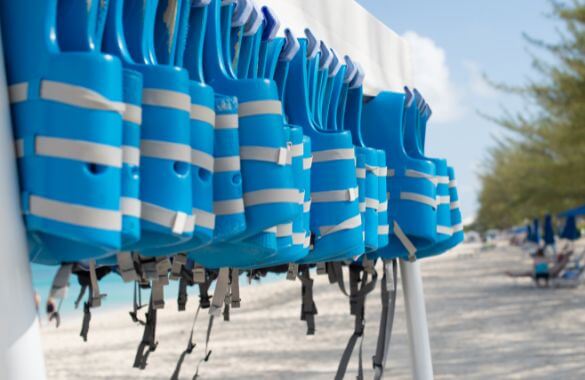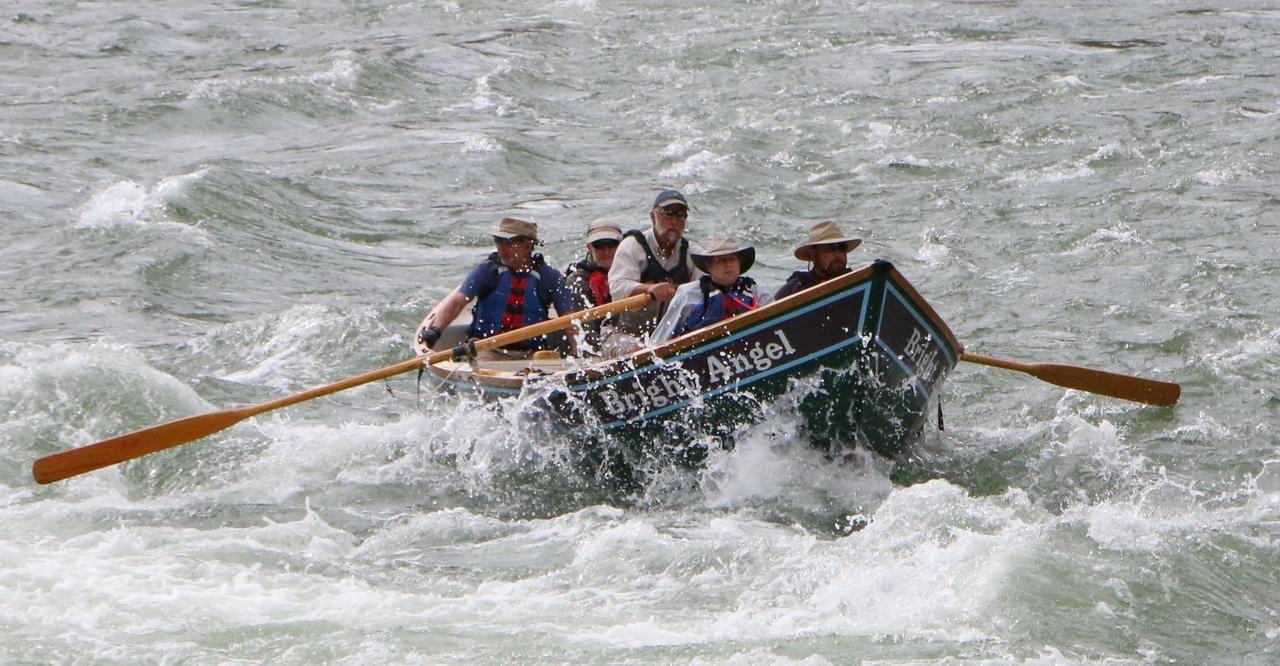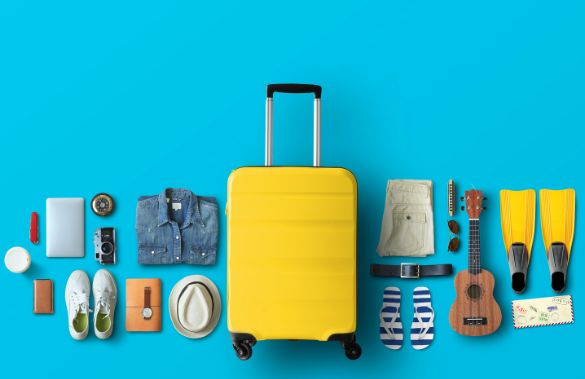Being a plus-size person in the outdoor industry can cause concern. Whitewater rafting adventures may be something you have shied away from. There are ways people can enjoy whitewater rafting and feel safe doing so. Here are some advice and tips to put your mind at ease. Some of the information here is helpful for all new rafters.
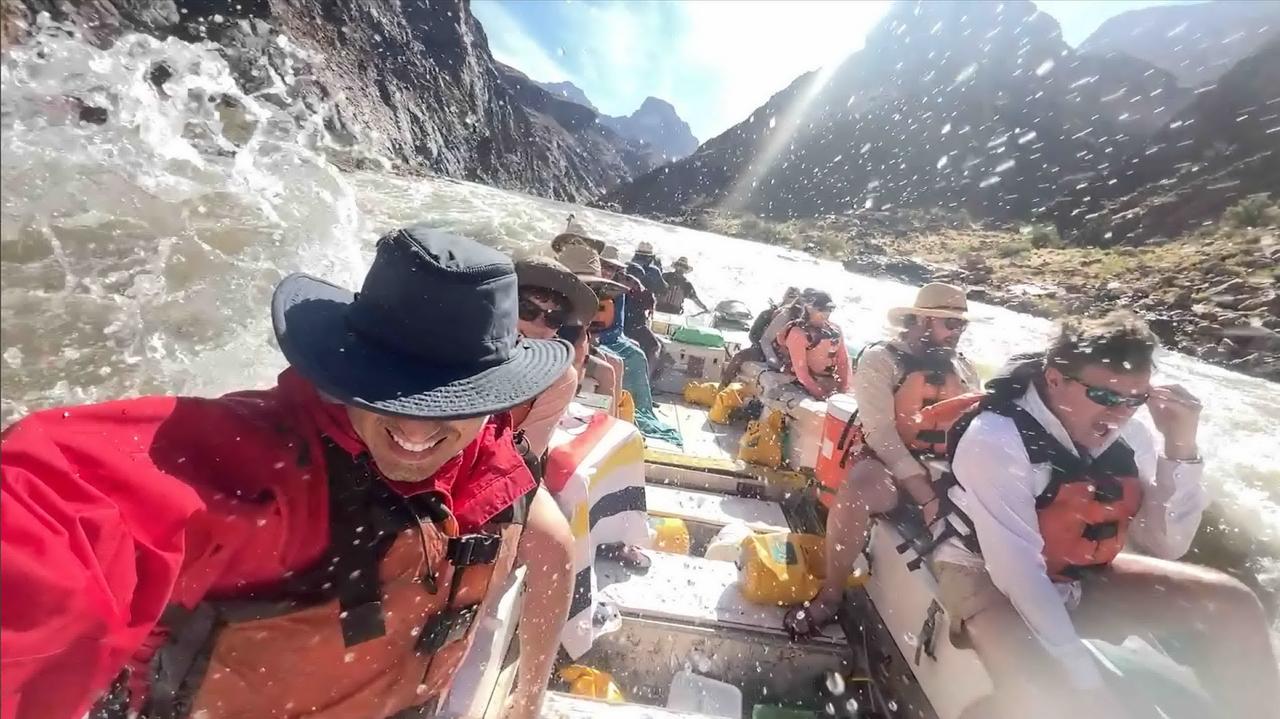
1. Admit You Are a Plus-Size Person
Shying away from the reality you have a larger body makes things awkward regarding weight distribution. The guide doesn't need to know your weight but let them know you are aware of matters concerning weight distribution and that switching seats will not offend you. Your weight can be an asset for weight shift and high-end commands. You will be given tips to shift your weight to keep from tipping.
2. Be Willing to Swim
Most people pop up next to the boat if they fall into the water. Grab it to keep from floating away. If you end up a few feet away, swim toward it. Look for other options if you are far from the boat.
You must get to shore or the nearest group to get back on quickly. There are conveniently two riverbanks. Panicking will cause you to forget about getting around, and rescuing you will be more difficult.
- Swimming Positions
If you end up in the water, keep your feet up to avoid getting caught on rocks at the bottom. Lay on your back. Keep your feet in front of you, with your head going downstream. If you have to face forward, keep your feet up, and position your body to move in the direction needed.
- On Your Back
Lying on your back lets, you use your legs and feet to push off the rock and as shock absorbers. It is helpful to keep your butt up. You can bring home interesting bruises if your butt is too low. Men should keep their legs together for reasons that are hopefully obvious.
- On Your Stomach
If you have to be on your stomach, point in the direction you want to go and swim until you reach a group or the shore. The guide will explain when you should use each position. Never stand up in the current. You want to avoid foot entrapment.
- Taking In Water
Try not to drink water as you get back in. Remain calm, taking short, timed breaths to keep from swallowing water. Your guide is trained for such situations and will get you to safety as soon as possible. The guide will explain the procedure before the adventure trip begins.
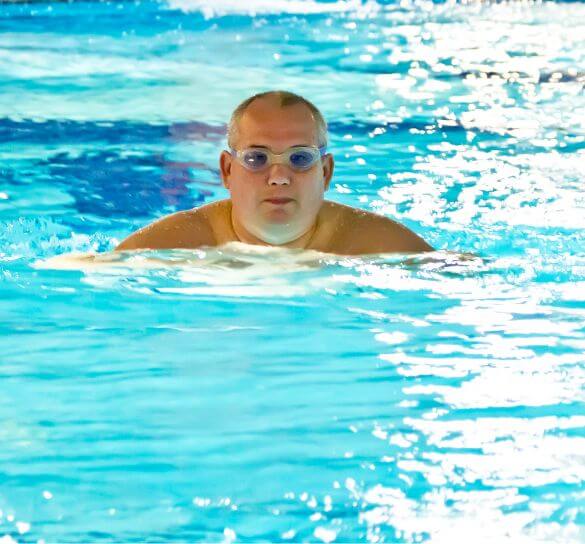
3. Accommodating Safe Gear
To address fears of the fit or malfunction of a personal flotationd device, called PFD, talk with the outfitter before your whitewater rafting trip. The claim that 'one size fits all' is not valid for plus-size people. A PFD is more likely to slip off.
- Quality
The lifejackets are not like those you wore on a fishing trip as a child. Whitewater rafting jackets are Coast Guard approved and heavy-duty. They feel snug and are supposed to be. Some person in the group or the guide may have to pull you back in the raft if you fall out, which means fitting securely, is essential.
4. Listen to the Guide
The outfitter guide has the group's enjoyment and safety in mind for the entire trip. If they call commands, you need to follow them. Pay special attention to the high-siding command. It is used to prevent capsizing.
- Trust
Guides are trained to get you to your destination and do so guardedly. Doing what they say, when it is said, results in ideal river day adventures. Trusting the guide is an absolute essential. Even though you are a bit nervous making the way down the river, like most people, you are not heading into the rapids unprepared.
- Orientation
Before you get into the river, the guide presents an orientation that includes oar commands, what to do if you end up in the water, and other safety instructions. Pay attention to the instructions and ask questions about anything you do not understand. The guide is a licensed expert with extensive training who wants participants to have a fun and safe adventure. Put your trust in them and be ready for adrenalin and whitewater rafting.
5. Brace Yourself
The guide teaches how to brace for the ride. Plus-size bodies may need to adapt to the process. They must use their bodies to brace against the raft more than others, especially if they fear falling from the raft in calm water. Before approaching rough water, figure out how to brace yourself in the raft.
6. Choice of Difficulty
First-time adventurers should try Class II or III rapids for friendly whitewater rafting trip adventures before attempting Class IV or Class V to ensure they enjoy the experience. Starting on low-stress fun water helps build confidence before diving into more challenging rapids. You also build a trusting relationship with the outfitter guide.
II
Easy rapids, smaller waves
III
Rapids with high, irregular waves
IV
Intense and powerful waves, but predictable
V
Only for experts
Read More About different Rapids Class Levels
7. Know Your Capabilities
If you have never been camping, you lose no dignity if seven-day rafting trips are not something you want to do. Neither is there any shame in walking around big rapids when it is an option, and that is your preference. Respecting your limitations is an essential aspect of your enjoyment of the water.
8. Talk with the Outfitter
Before choosing a rafting company, call and chat with several outfitters. It is recommended to speak with a head guide or manager about the rivers of your interest. A reputable outfitter will be upfront and honest about guests' expectations and may ask some questions to find the best adventures for you. A company that dismisses your concerns is likely not the outfitter for you. You should have a good feeling after speaking to the company representative.
9. Choice of Clothing
If you are wondering what to wear, some clothing choices are better than others. You want shoes that stay on your feet - definitely not flip-flops. River sandals, water shoes, or an old pair of tennis shoes work well.
- Warm Weather Attire
Avoid cotton tee-shirts. They pull heat away from the body. Do not wear jeans. You will get soaked. A tank top and quick-drying sports shorts made of polypropylene over a bathing suit are typically worn on a warm summer day.
- Cool Weather Attire
During cool days of the rafting season, fiber pile, polar fleece, or wool materials keep body heat in. You may need a wetsuit if the water temperature is below 70° F. Whitewater rafting companies may rent wetsuits to rafters.
- Other Precautions
Proper shoes, a splash jacket, or a wetsuit will make the trip more comfortable on a chilly day in early Spring. Wear a cheap pair of sunglasses and sunscreen for UV protection. Sunburns happen faster and are more severe in higher elevations. Hypothermia and sunburns are painful.
10. Be Prepared to Use the Oars
Guides are always happy when adventurers are willing to use the oars. Adventurers who help with the oars make life easier on the guide and make whitewater trips safer for you and others. If you happen to overturn, you must assist in your rescue.
- Holding the Oar
Properly holding the oar is a safety concern. One hand needs to be on the shaft at the base of the rower. The other should be over the 'T' grip of the shaft, which is made of hard plastic and can knock out teeth and blacken eyes.
- Tips
Keep your hand over the 'T' grip to help control and cushion the blow. The guide will provide tips on the proper technique. Some time in a hot tub will feel fantastic at the end of the day. When you are relieved and confident that whitewater rafting is meant for everyone, you can have open up a whole new world for yourself.
Recap for a Whitewater Rafting Trip
Follow the basic tips listed above and listen to the guide during the trip, and you will safely experience the rushing roar of water and the beauty of nature. It will be a memorable adventure.




